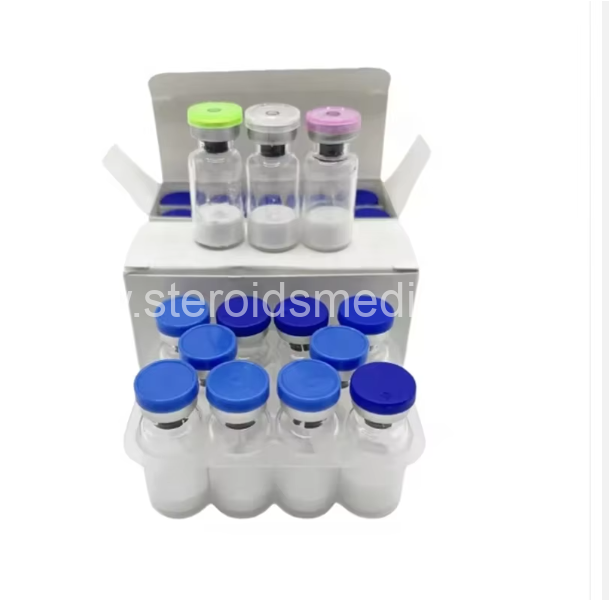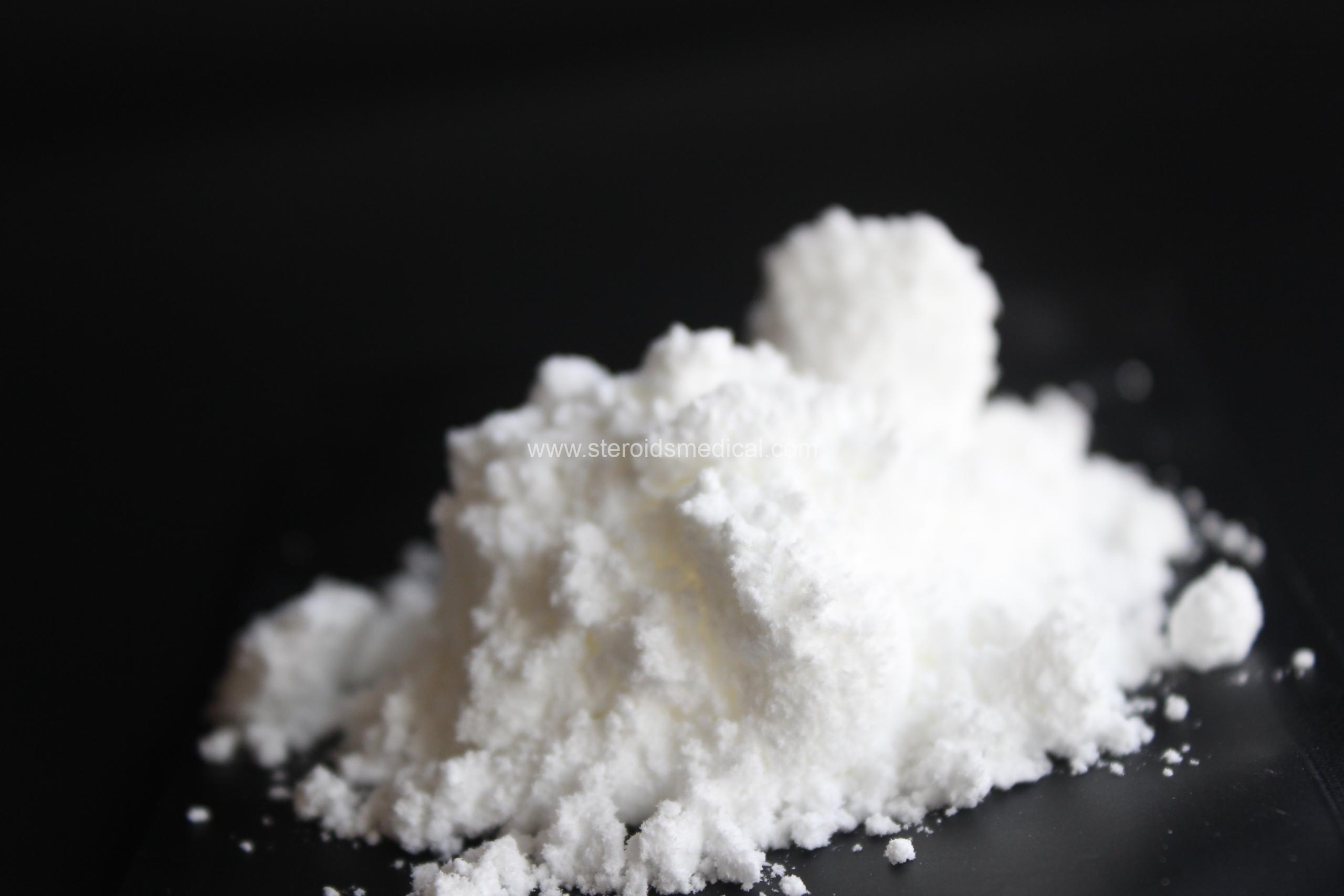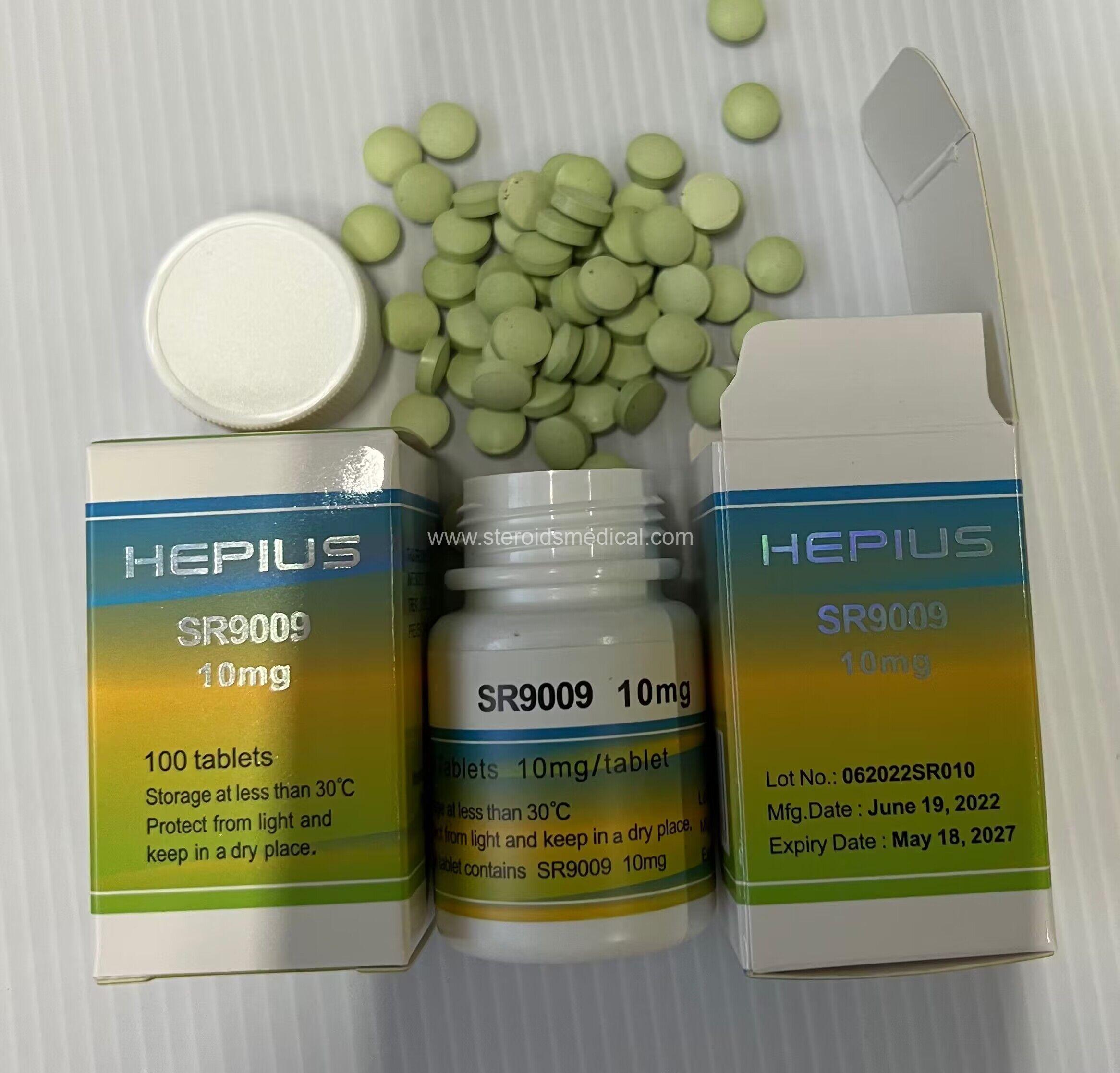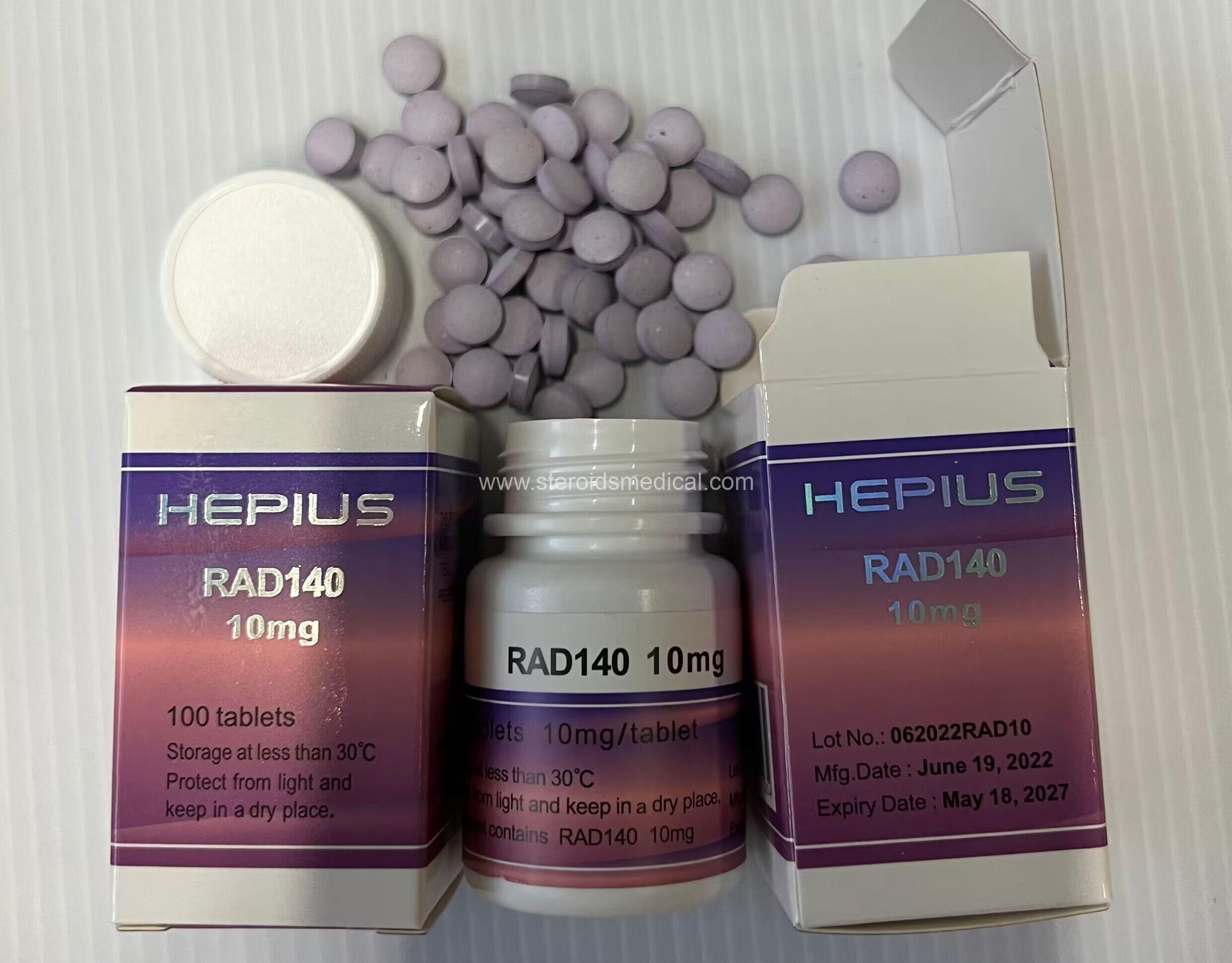積 d碑文:
GLP-1, or Glucagon-like peptide-1, is a hormone produced in the intestines in response to food intake. It plays a crucial role in regulating blood sugar levels and insulin secretion. Here’s an overview of GLP-1, その機能, そしてその臨床的意義:
Functions of GLP-1
Stimulation of Insulin Release: GLP-1 stimulates the pancreas to release insulin in response to elevated blood sugar levels. This helps regulate glucose metabolism and maintain blood sugar within a normal range.
Inhibition of Glucagon Release: It suppresses the release of glucagon, a hormone that increases blood sugar levels by promoting glycogen breakdown and gluconeogenesis (production of glucose from non-carbohydrate sources).
Slows Gastric Emptying: GLP-1 slows down the rate at which the stomach empties after eating, which helps to regulate nutrient absorption and maintain steady blood sugar levels after meals.
Promotes Satiety: GLP-1 acts on the brain to induce feelings of fullness and satiety, which can help in reducing food intake and promoting weight loss.
Stimulates Beta-cell Growth and Function: It has been shown to promote the growth and survival of pancreatic beta-cells, which are responsible for producing insulin.
臨床的意義
Treatment of Type 2 Diabetes: GLP-1 receptor agonists (GLP-1 RAs), synthetic compounds that mimic the action of GLP-1, are used as medications to treat type 2 diabetes. They help improve glycemic control by enhancing insulin secretion and reducing glucagon levels.
Weight Management: Due to its effects on promoting satiety and potentially reducing food intake, GLP-1 RAs are also used to aid in weight management in people with obesity or overweight.
Cardiovascular Benefits: Some GLP-1 RAs have shown cardiovascular benefits, including reduced risk of heart attack, stroke, and cardiovascular death, in people with type 2 diabetes and cardiovascular disease.
Potential for Neuroprotective Effects: GLP-1 receptors are also found in the brain, and there is ongoing research exploring the potential neuroprotective effects of GLP-1 in conditions such as Alzheimer’s disease and Parkinson’s disease.
Administration of GLP-1 RAs
- GLP-1 RAs are typically administered via subcutaneous injection, although oral formulations are also being developed.
- They are used as part of a comprehensive treatment plan for diabetes or weight management, often in conjunction with other medications.
考慮 事項
- 副作用: Common side effects of GLP-1 RAs may include nausea, vomiting, diarrhea, and occasionally pancreatitis. These side effects are generally mild to moderate and tend to improve over time.
- モニタリング: Regular monitoring of blood sugar levels, kidney function, and potential side effects is important during treatment with GLP-1 RAs.
結論
GLP-1 is a hormone with important roles in regulating blood sugar levels, insulin secretion, and appetite. Its therapeutic implications extend to the treatment of type 2 diabetes, weight management, and potentially cardiovascular and neurologic conditions. GLP-1 RAs represent a valuable class of medications that leverage these physiological effects to improve clinical outcomes in various patient populations.
使い方
GLP-1, or Glucagon-like peptide-1, is a hormone produced in the intestines in response to food intake. It plays a crucial role in regulating blood sugar levels and insulin secretion. Here’s an overview of GLP-1, その機能, そしてその臨床的意義:
Functions of GLP-1
Stimulation of Insulin Release: GLP-1 stimulates the pancreas to release insulin in response to elevated blood sugar levels. This helps regulate glucose metabolism and maintain blood sugar within a normal range.
Inhibition of Glucagon Release: It suppresses the release of glucagon, a hormone that increases blood sugar levels by promoting glycogen breakdown and gluconeogenesis (production of glucose from non-carbohydrate sources).
Slows Gastric Emptying: GLP-1 slows down the rate at which the stomach empties after eating, which helps to regulate nutrient absorption and maintain steady blood sugar levels after meals.
Promotes Satiety: GLP-1 acts on the brain to induce feelings of fullness and satiety, which can help in reducing food intake and promoting weight loss.
Stimulates Beta-cell Growth and Function: It has been shown to promote the growth and survival of pancreatic beta-cells, which are responsible for producing insulin.
臨床的意義
Treatment of Type 2 Diabetes: GLP-1 receptor agonists (GLP-1 RAs), synthetic compounds that mimic the action of GLP-1, are used as medications to treat type 2 diabetes. They help improve glycemic control by enhancing insulin secretion and reducing glucagon levels.
Weight Management: Due to its effects on promoting satiety and potentially reducing food intake, GLP-1 RAs are also used to aid in weight management in people with obesity or overweight.
Cardiovascular Benefits: Some GLP-1 RAs have shown cardiovascular benefits, including reduced risk of heart attack, stroke, and cardiovascular death, in people with type 2 diabetes and cardiovascular disease.
Potential for Neuroprotective Effects: GLP-1 receptors are also found in the brain, and there is ongoing research exploring the potential neuroprotective effects of GLP-1 in conditions such as Alzheimer’s disease and Parkinson’s disease.
Administration of GLP-1 RAs
- GLP-1 RAs are typically administered via subcutaneous injection, although oral formulations are also being developed.
- They are used as part of a comprehensive treatment plan for diabetes or weight management, often in conjunction with other medications.
考慮 事項
- 副作用: Common side effects of GLP-1 RAs may include nausea, vomiting, diarrhea, and occasionally pancreatitis. These side effects are generally mild to moderate and tend to improve over time.
- モニタリング: Regular monitoring of blood sugar levels, kidney function, and potential side effects is important during treatment with GLP-1 RAs.
結論
GLP-1 is a hormone with important roles in regulating blood sugar levels, insulin secretion, and appetite. Its therapeutic implications extend to the treatment of type 2 diabetes, weight management, and potentially cardiovascular and neurologic conditions. GLP-1 RAs represent a valuable class of medications that leverage these physiological effects to improve clinical outcomes in various patient populations.
PS:
製品について, 他にご不明な点がございましたら , お問い合わせください いつでもどこでも.
オンラインでチャットしたり、 電子メール 私たちに: steroidsmedical@protonmail.com
お時間をいただき、ありがとうございました!
 国内製薬(株), 株式会社.
国内製薬(株), 株式会社.


















